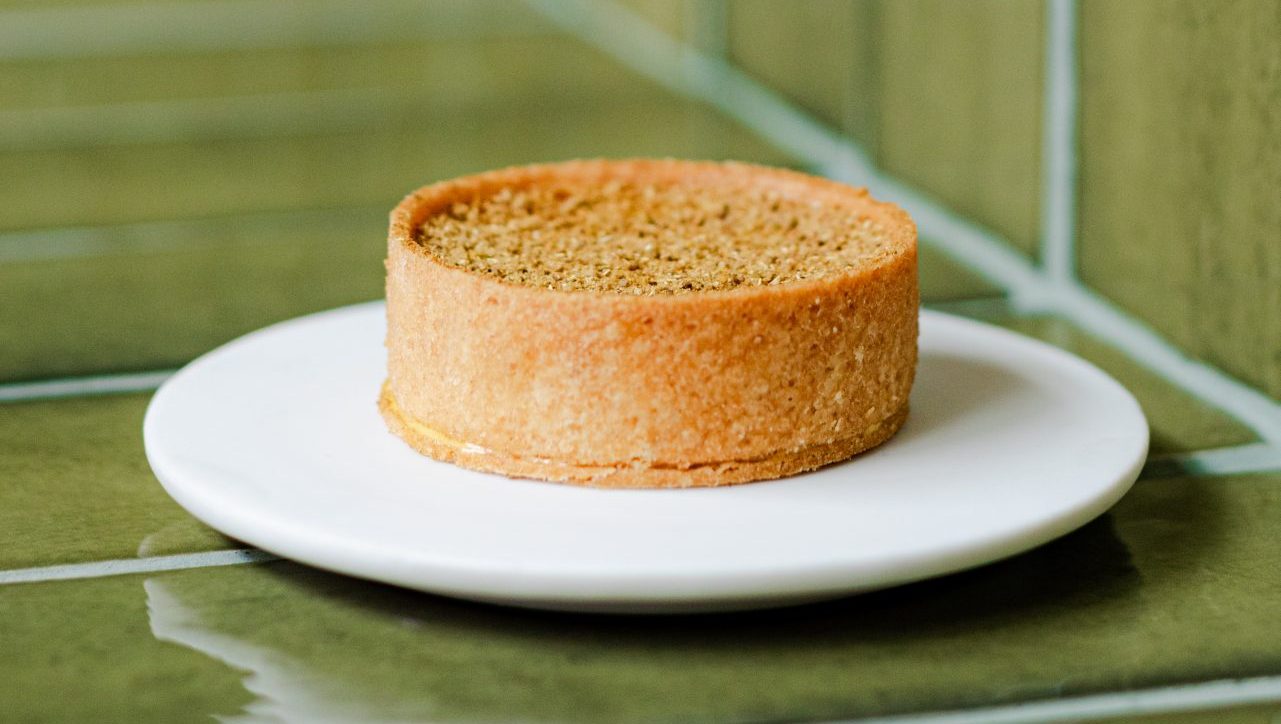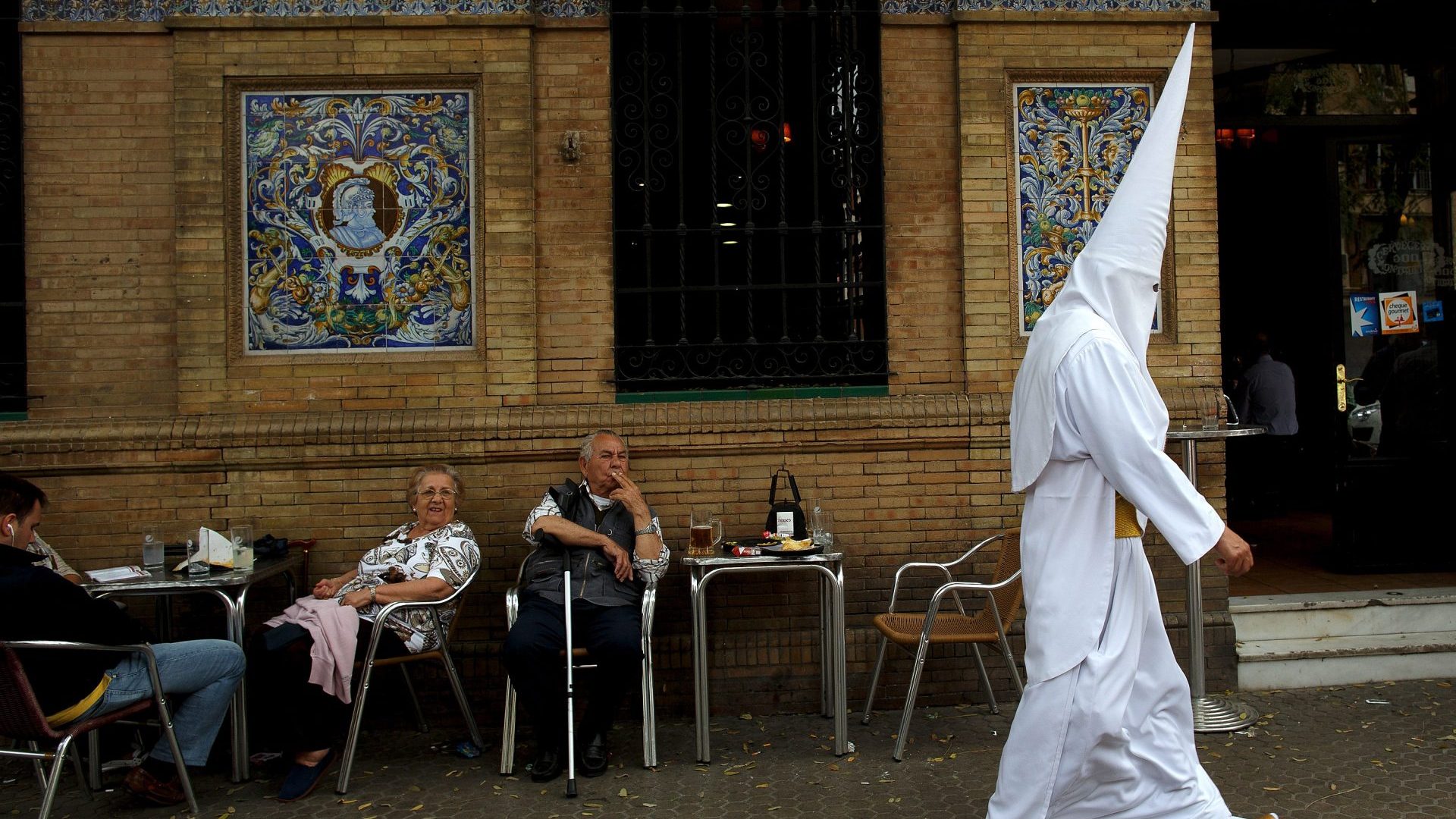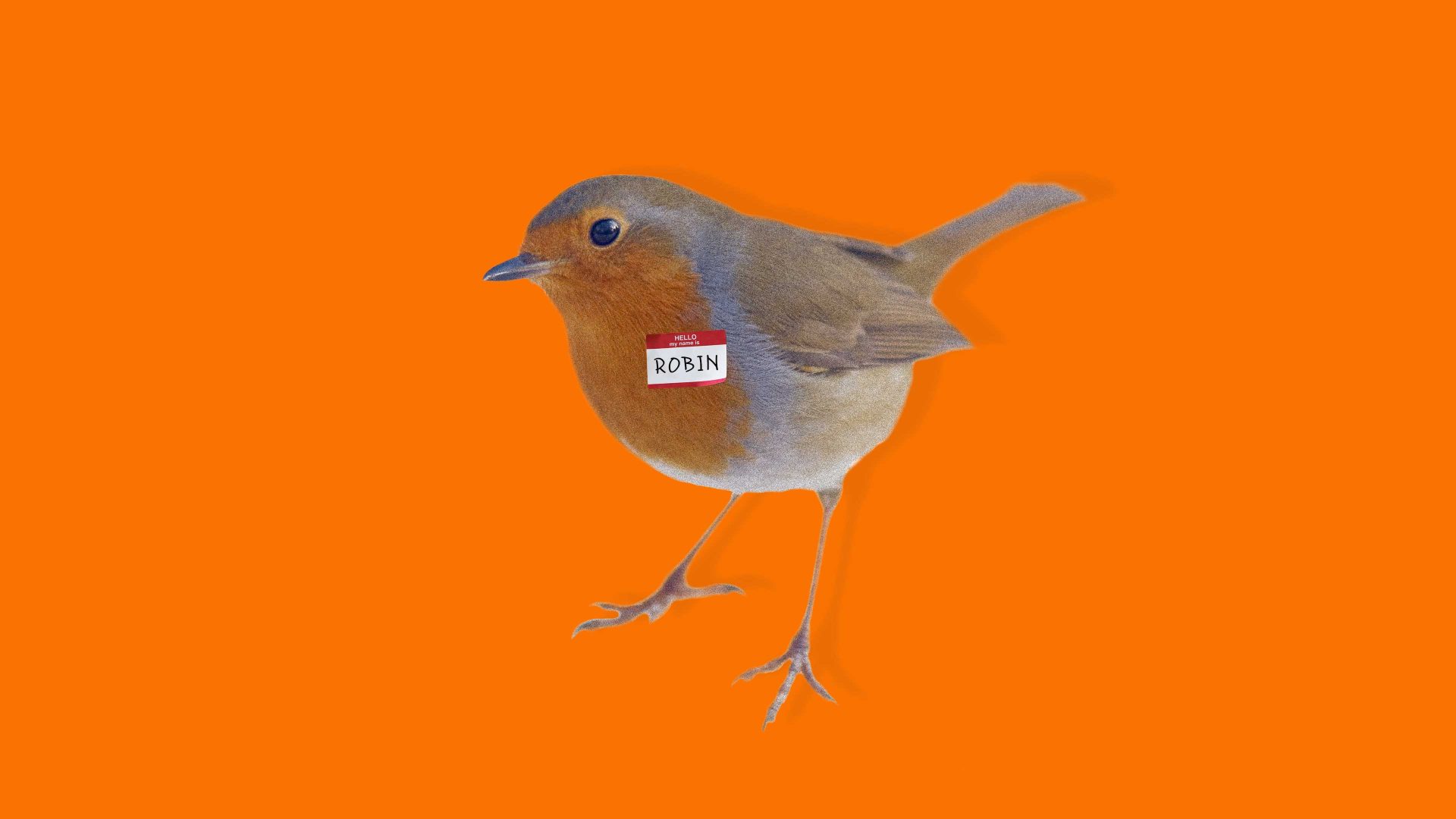I’ve said here before that I’m not really a fan of pudding. Especially cake. I don’t care for cake. It’s just sugary flour isn’t it, usually with some sort of jam or icing? Icing is the worst. It would probably go into my culinary Room 101. Along with doughnuts, which are just balls of boring and claggy dough.
I also despise the “moist” conversation. If you’ve not listened to comedian Paul Foot’s bit on how everybody immediately declares a cake “moist” or “dry” upon receipt, please fire up YouTube after reading this.
By the way, my lack of a sweet tooth is not for want of appearing sophisticated. I don’t care about whether or not dessert is infantile. It is a genuine displeasure. I have eaten bread and butter, followed by a starter, hopefully one made with crab, and then I’ve had a main course, perhaps a rib-eye steak, with a whole host of sides. Pudding, after all that, on a Friday night? I’d rather a digestif and therefore remain light enough on my feet to go to a bar afterwards. I might well have a bar of Tony’s Chocolonely when I get home.
But there is one area of desserts that moves me more readily: the world of tarts. On my 18th birthday, pressed to agree to a sweet dish to follow my family barbecue – we had whole trout roasted over coals, and various meats – I chose a lemon tart in lieu of a traditional cake. It was wonderfully tangy and I tempered the sugar by submerging my slice entirely in double cream, which is an exceptional way to go about one’s birthday. I’m writing this a day before my 34th and suppose I might have another tart then.
Another I greatly admire is that of custard. Marcus Wareing’s is considered by many to be the best, which makes the closure of his flagship restaurant, Marcus at The Berkeley, all the more souring. His pastiche of the French classic is enrapturing: not too sweet; thin, joyously buttery pastry that holds the interior firm but crumbles delicately beneath a fork; just the right amount of nutmeg on top to set nostrils ablaze. It is no wonder it won, by some margin, a past series of Great British Menu, and remains celebrated today.
The closure of his restaurant was announced last week. Wareing said: “It wasn’t an easy decision. This wonderful place has been my way of life for a very long time, but it feels like the right time to say goodbye and look ahead to future opportunities.”
Readers of this column will be reminded of Le Gavroche’s pending departure from the restaurant scene, too. These are worrying times for fans of fine dining.
With every closure, though, there’s an opening. One to note is a relatively new project called Counter 71, “a celebration of nature from the British Isles”. Its head chef is Joe Laker, and he too makes an excellent custard tart. It’s a high-rise of a pudding, rich and captivating, and another to celebrate.
Joe Laker’s Custard tart (makes a 20cm tart)
For the sable pastry:
250g plain flour
50g ground almonds
100g icing sugar
2g salt
600g butter
1 egg
For the fennel infusion:
20g toasted fennel seeds
600g double cream
Filling:
9 egg yolks
75g sugar
For the fennel topping:
40g toasted fennel seeds
For the pastry, place flour, ground almonds and icing sugar in a mixer. Once combined, add the diced butter until it resembles breadcrumbs. Add the salt and then the egg and work on a medium speed until a dough forms.
Knock the dough out on to the counter and work by hand for a minute to smooth out, clingfilm it and place in the fridge, ideally overnight.
In the morning, roll out the pastry until it is 5mm thick and place it on top of the tart tin, pushing into the corners with a scrap bit of pastry if necessary.
Blind bake at 160 degrees for 15 minutes. Take the baking beans out and put it back in the oven until it’s golden brown all over.
Finally, egg wash all over and place it back into the oven for a further 2 minutes.
For the fennel infusion, toast the fennel seeds for a few minutes until fragrant and starting to brown. Pour the cream into a pan, add the toasted fennel seeds and bring the mixture to a boil. Clingfilm over the top and let it infuse for 2 hours. Strain and leave to sit while you move on to the filling.
Mix the egg yolks and sugar together to form a sabayon. Bring the fennel infusion to the boil then pour over the sabayon. Using a spatula, stir carefully, trying to incorporate as little air as possible.
For the fennel topping, toast the fennel seeds, then blitz into a fine powder. Set aside.
Now for the combing and baking. Making sure there are no cracks in the tart shell, slowly pour the custard mix into the shell. Place it in an oven set to 95 degrees. Start with 30 minutes, check for a nice wobble on the custard. After the initial 30 minutes, if it isn’t ready keep baking for 15-minute increments until you reach the desired wobble.
Once set, take it out of the oven and sprinkle it with fennel powder. Set at room temperature or, for speed, in the fridge. Serve when set.




